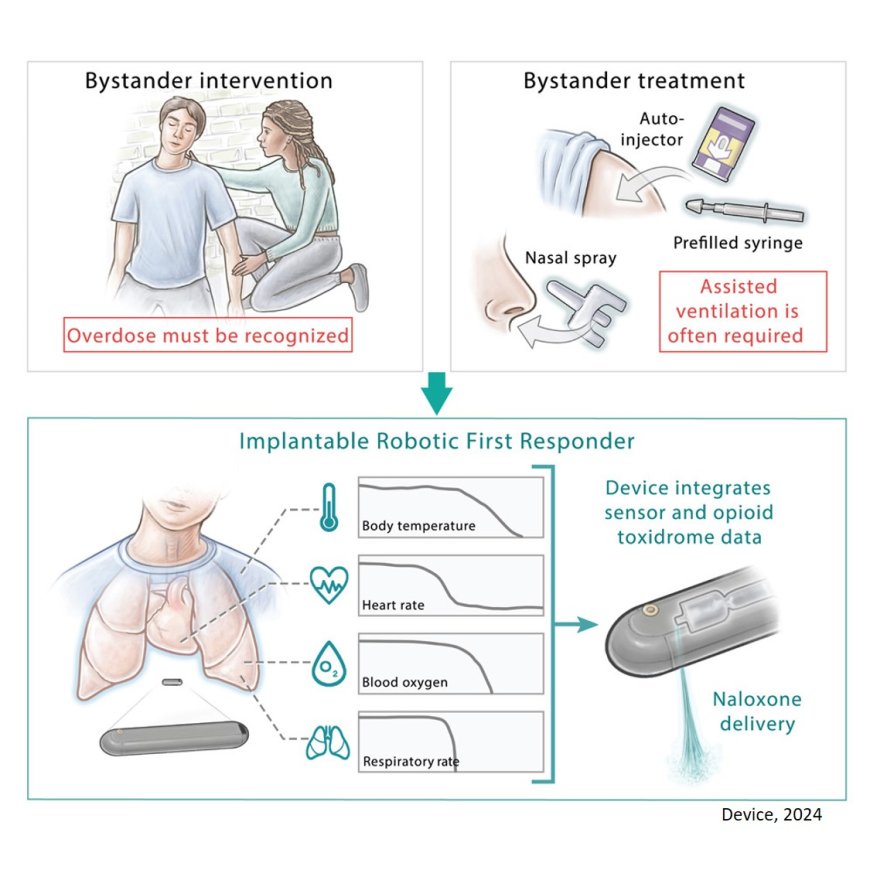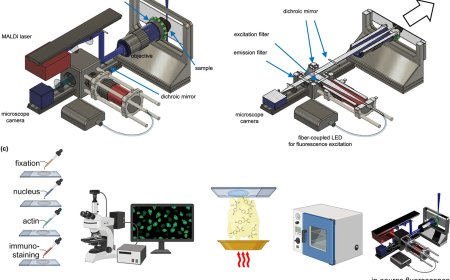An implantable system for opioid safety

Survival rate of opioid overdose is currently low due to key limitations, including low user adherence, false positive detection, and slow antidote delivery.
The researchers describe a subcutaneously implanted robotic first responder to overcome these challenges.
The implantable SOS (iSOS) consists of a suite of sensors that measure vital signs combined with a drug reservoir that stores naloxone.
When the iSOS detects a combination of vital signs indicating an opioid overdose, naloxone is released 10-mg antidote within 10s from the reservoir, which helps reverse the overdose.
This study describes the device’s development, validation, and preliminary studies in a pig model. In animal trials, the robotic first responder successfully revived 96% of overdosed pigs.
https://www.cell.com/device/fulltext/S2666-9986(24)00417-4
https://sciencemission.com/An-implantable-system-for-opioid-safety




























